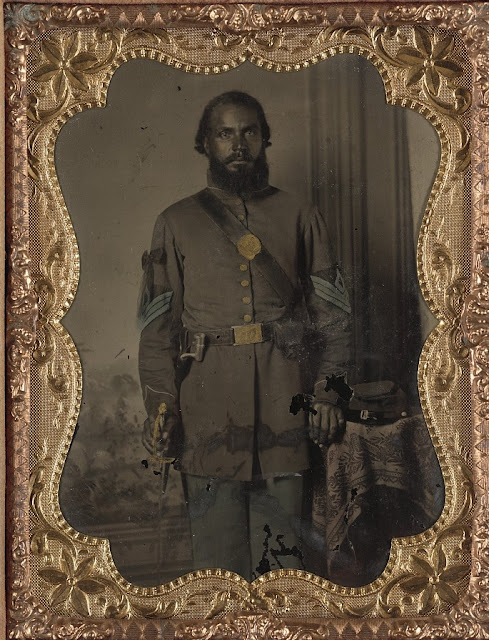Awful Scenes of Carnage: A Buckeye Recalls Franklin

William Wesley Gist was barely 15 years old when he participated in the Battle of Franklin. The Hocking County, Ohio native had enlisted as a private in Co. D of the 26th Ohio Volunteer Infantry on March 23, 1864; the regiment was home on veteran's furlough and Gist lied about his age (he had just turned 15) to join up. He served with the regiment through the Atlanta campaign and penned the following account of Franklin late in life. The 26th Ohio, as part of General George Wagner's Division, was one of the unfortunate regiments way out in front of the Union entrenchments that was forced back into the works by the Confederate assault. Gist's account was published in the January 1916 issue of Confederate Veteran . Private William Wesley Gist, Co. D, 26th Ohio Volunteer Infantry Following the war, Gist attended Ohio State University and the Union Theological Seminary, being ordained a minister in 1881. He soon moved to Iowa and served as a Congregati...













